Sustainability
DKT is Committed to Developing Sustainable Markets
Achieving sustainability doesn’t happen overnight. At DKT, we assess pricing and affordability within the context of each market’s economic realities, constantly adjusting, evaluating, and adapting pricing strategies to meet our goals.
The financing model of DKT International has changed dramatically since it was founded over 30 years ago. In the early days, DKT was more reliant on donor funding, and most products were heavily subsidized in order to reach low-income and marginalized populations.
Over the last three decades, DKT has become increasingly financially sustainable. This has been especially true in middle-income countries in Latin America and South Asia where Gross National Income per capita has risen significantly.
DKT’s more profitable initiatives now subsidize less mature market ventures, while donor funding enables us to reach and meet the needs of underserved clients.
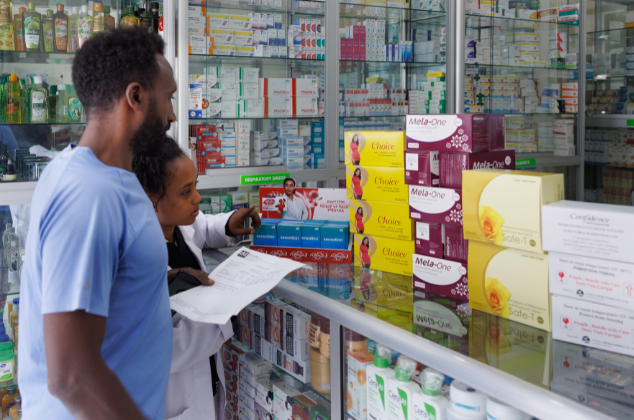
By 2030, DKT aims to generate 100 million couple years of protection (CYPs) and cover 90% of our operating expenses with our own sales revenue.
The "Sustain-O-Meter" and the Journey Towards Sustainability
Although the precise formula and speed of transition to sustainability varies from country to country, the process generally plays out in three stages:
- Cost recovery;
- Cross-subsidization; and
- Genuine sustainability.
DKT programs are in different stages—or a combination of stages. How quickly a program reaches sustainability depends on factors like organizational maturity, brand development, the range of products offered, and focus of programming. But the largest determinant is the country’s economy. Where per capita incomes are higher, products are less likely to be subsidized and sales revenues can be used to cover procurement, operating, and even marketing and education expenses. Those programs that can cover these costs are close to or already at self-sustainability. However, donor support is still needed in low-income countries where sales cannot generate sufficient revenue to cover all costs, and for programs with a larger focus on health equity where additional resources are needed to reach remote communities and underserved groups.
To measure and track the sustainability of our programs, DKT developed the “Sustain-O-Meter,” which visually demonstrates the achievement of increasing sustainability over time globally. The Sustain-O Meter represents the percentage of DKT’s total expenses that are covered by sales revenue over time. It allows us to evaluate our progress against our 2030 sustainability goal, and, at a country level, identify which programs are less far along on the path to sustainability.
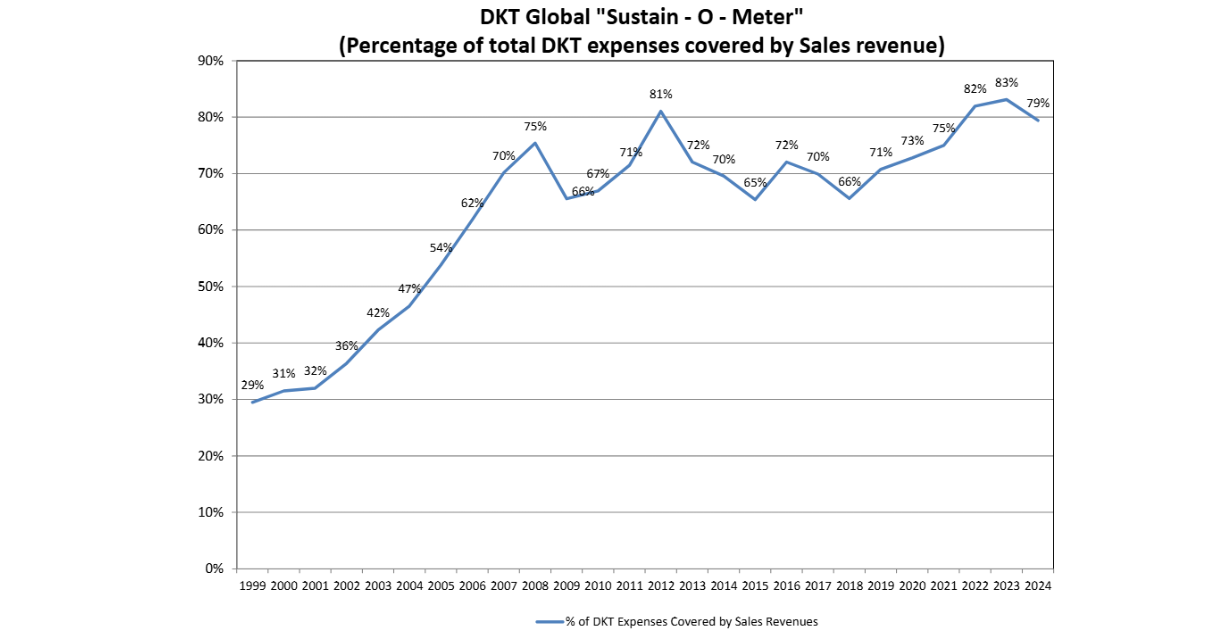
The Path to Sustainability
Our approach to sustainability involves cost-recovery, cross-subsidization, and genuine sustainability—and DKT’s progress would not be possible without donor funding. Sustainability is an essential part of our DNA because it helps us ensure DKT is supporting healthy market growth.
Through a mixture of cost recovery and cross-subsidization strategies, DKT has been able to serve a wide range of income segments while generating sales revenue that offsets costs and even generates surplus revenue in some countries. Such surpluses are reinvested in activities that educate and shift behavior, or are deployed to other countries to start up new ventures.
Explore more about DKT’s path to sustainability below.
Cost-Recovery
The sustainability journey begins when a DKT program can recover the cost of commodities with sales revenues. Because the cost of contraceptive commodities is often the largest expense in social marketing operations, reaching this goal is an important milestone.
The most common method of cost recovery is to carefully calibrate a price structure that maximizes revenues without sacrificing the ability of low-income consumers to purchase contraceptives. All DKT programs do this to a greater or lesser extent, even in low-income countries. Because DKT sells and does not give away products for free, all programs bring in some level of revenue that is used to offset the cost of goods.
Cross-Subsidization
Cross-subsidization at the country level
Once cost-recovery is achieved in a market, DKT segments that market with a range of brands and pricing options, offering different products at varied price points to cater to different types on consumers. Revenues earned from products sold at higher price points are used to subsidize other products and program operations. This concept is called “cross-subsidization.”
Typically, cross-subsidization is employed within a product category. For example, DKT may offer a subsidized condom brand that is affordable to low-income consumers, a mid-priced condom that breaks even, and a premium brand that caters to consumers with more disposable income and generates a profit. Often, the premium options offer additional benefits like scents or textures, in the case of condoms. But cross-subsidization also applies across categories; revenues from popular, premium condom brands can be reinvested into IUD procurement to achieve the same goal.
Cross-subsidization is even possible in low-income countries like Ethiopia, Liberia, and Mozambique. In Ethiopia, for example, DKT markets Hiwot Trust, a subsidized condom brand, alongside a higher-priced brand called Sensation. The small margin on Sensation offsets losses incurred to procure and distribute Hiwot Trust, ensuring that DKT can serve low-income consumers in a sustainable manner.
Cross-subsidization at the global level
When country programs achieve genuine sustainability, a portion of the sales revenues is reinvested globally. DKT uses these funds to start operations in new markets, support operations in lower-income countries, and invest in programmatic activities that promote innovation, risk-taking, and resource-intensive activities like last-mile delivery. DKT Indonesia is DKT’s leading program in terms of health impact and has been the largest contraceptive social marketing program in the world since 2014. Revenues from DKT Indonesia’s mature brands helped fund operations in Ghana, a country with very low contraceptive prevalence and high maternal mortality. Similarly, revenues from DKT’s operations in the Philippines and Brazil are remitted annually and support start-up and continuing operational costs in Pakistan, Francophone West and Central Africa, and Mozambique.
Why Donor Funding Still Matters
Despite operating in some of the most challenging environments where purchasing power is low, DKT has made tremendous progress toward sustainability. Yet many DKT programs still depend on donor support for commodity, operating, and marketing costs.
Importantly, donor funds are essential to support start-up operations and special activities. This includes training providers, delivering products to remote villages during rainy season, and door-to-door counseling and product delivery. These activities are essential to promoting health equity and supporting underserved communities. Without donor support, DKT would likely scale back these initiatives to ensure basic operations—the marketing and distribution of reproductive health commodities—could be sustained to ensure uninterrupted service.

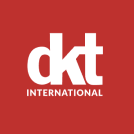
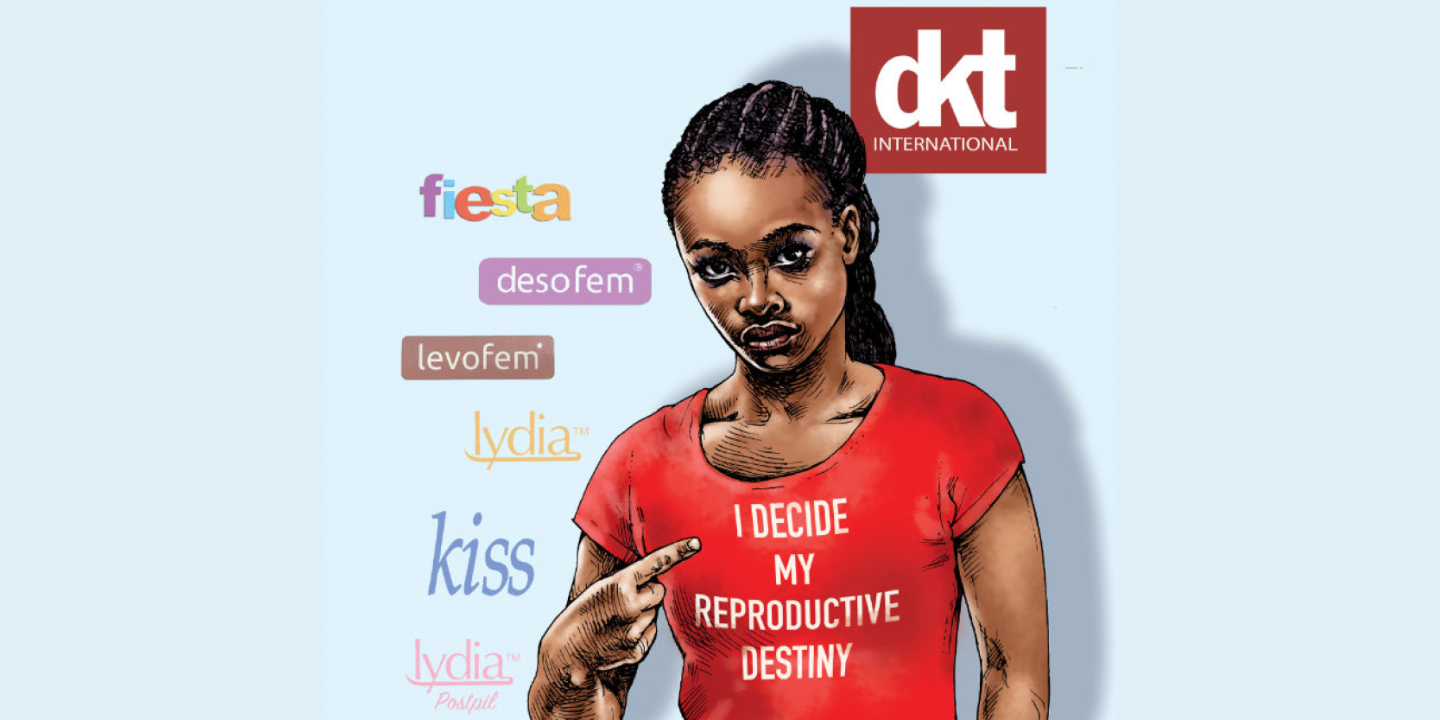
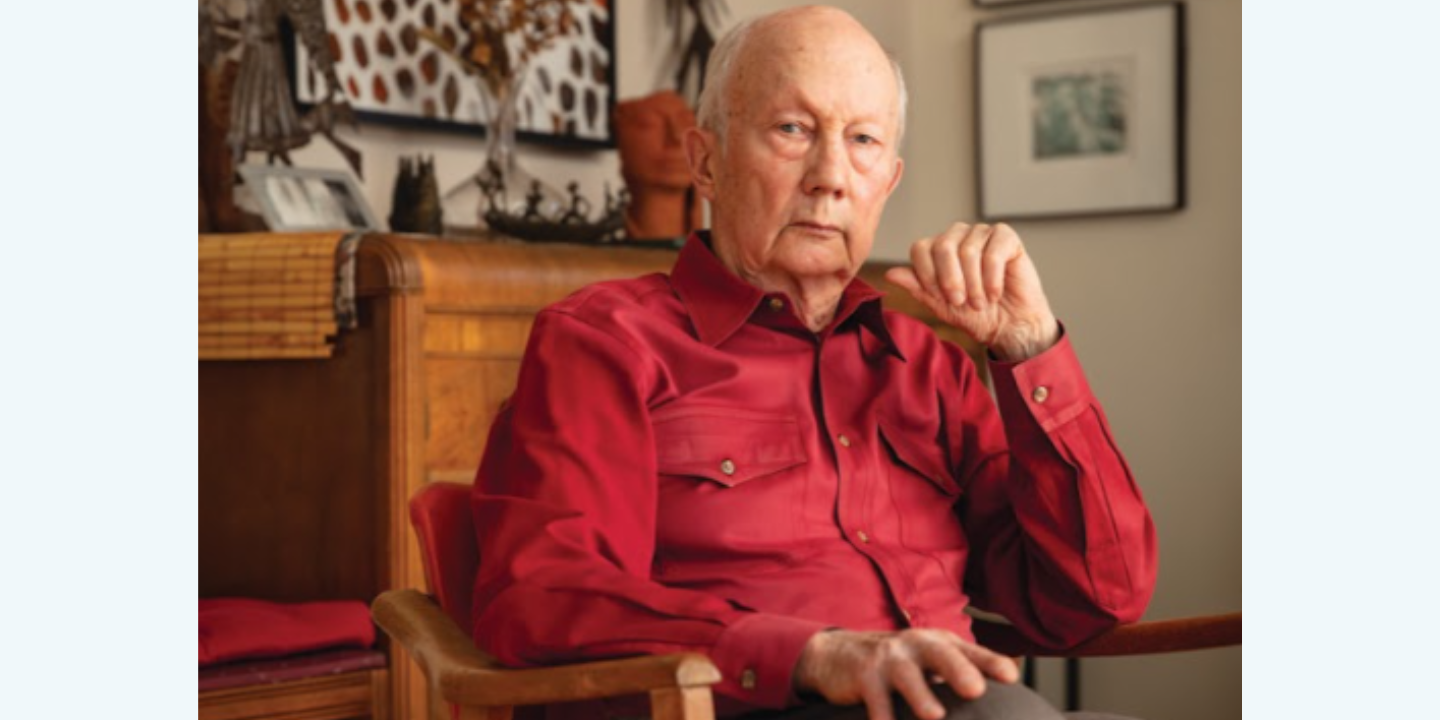
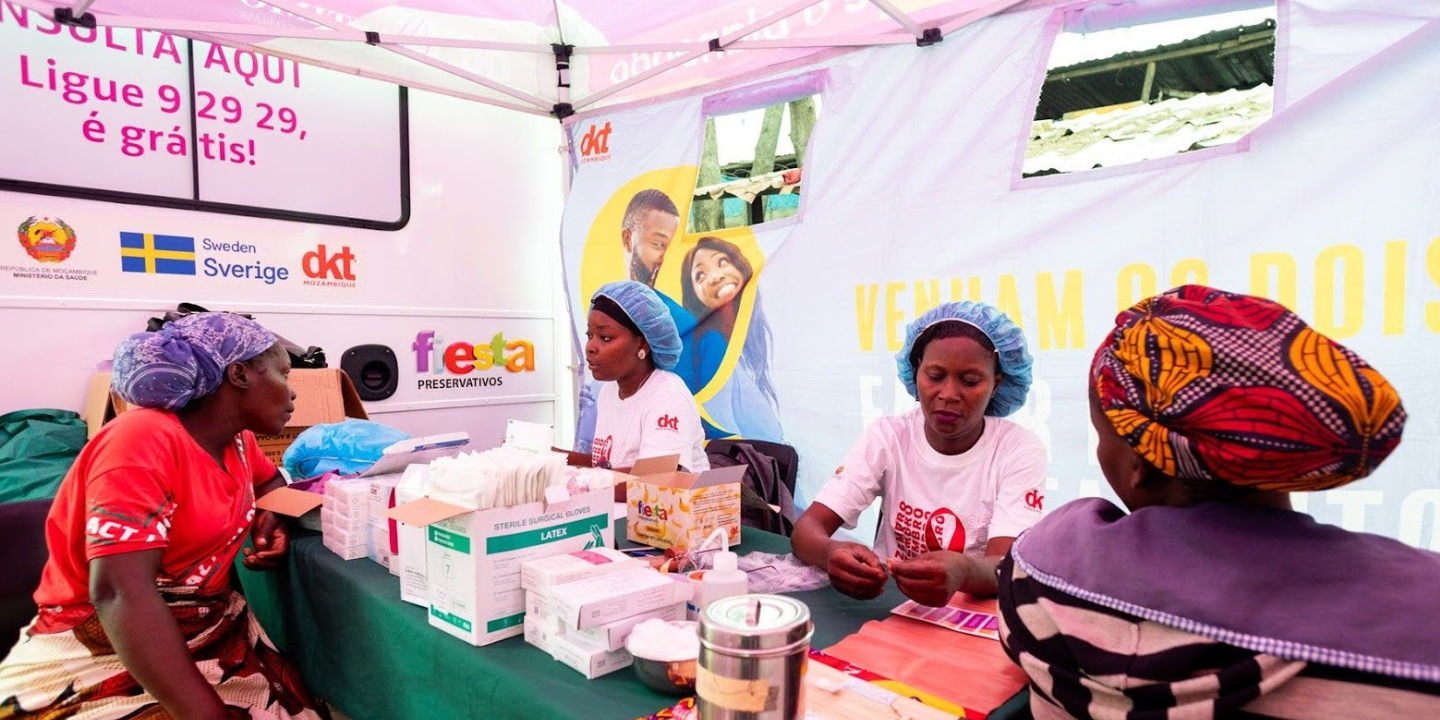
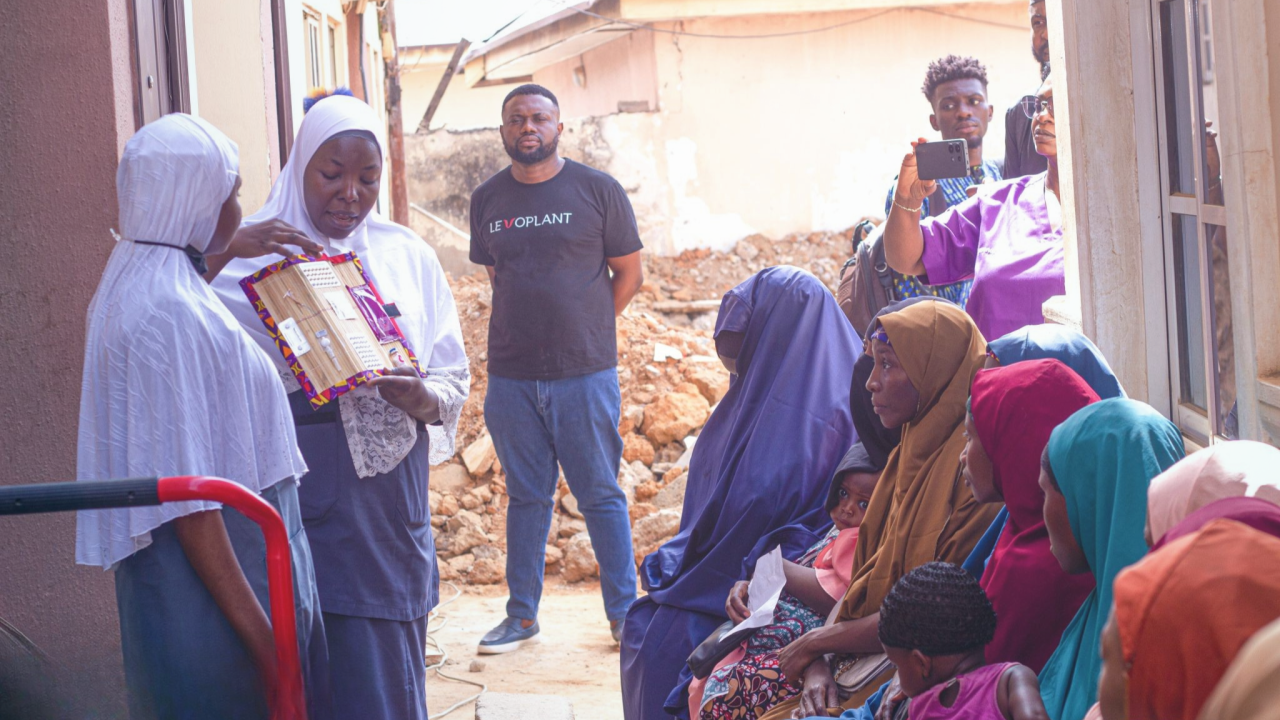
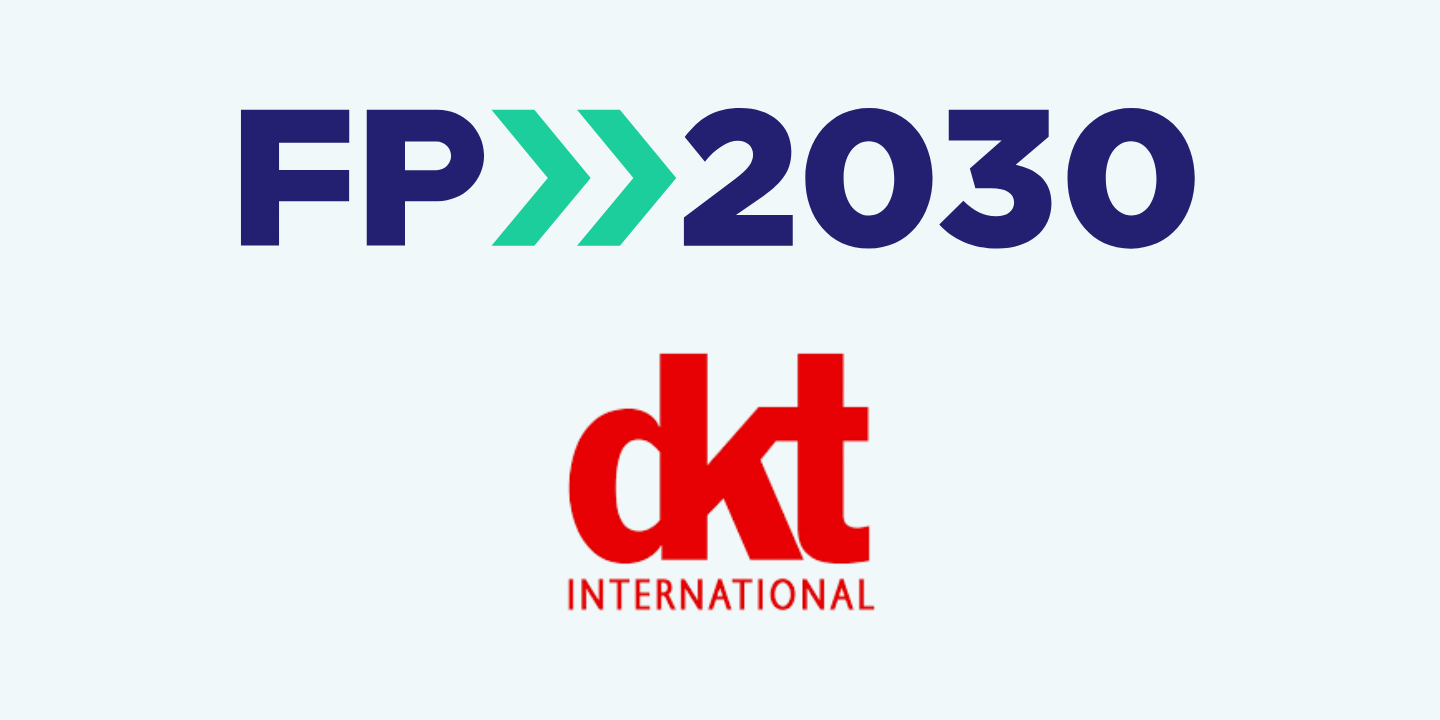
DKT International Announces 2025 Phil Harvey Innovation Award Winners